Ale kulový, tohle je již dávno vyluštěné.... https://zlatodejblog.blogspot.com/
A hitherto unknown part of the history of the mysterious Voynich manuscript revealed
Categories: Nálezy nejenom s detektorem v západní Evropě
The hitherto undeciphered medieval Voynich manuscript reveals new and interesting information. Written in an unknown language, by an unknown author, containing mysterious illustrations, the book has defied all scholars, scientists and supercomputers for 600 years. The history of the manuscript's ownership is also full of mystery. Emperor Rudolf II was thought to be the first owner, but a new study points to at least one earlier owner.
The manuscript got its name in 1912 when it was discovered in a Jesuit college in Frascati, near Rome, by Polish bookseller and collector Wilfrid Voynich. He had been trying to decipher the text himself all his life, but in vain. The search for the previous owners also raised more questions than answers. Radiocarbon analysis of the parchment pages dates the manuscript between 1404 and 1438, but the earliest documented reference dates from 1665.
It was a letter from the Prague alchemist George Baresch to the Jesuit linguist Athanasius Kircher. Baresch was in possession of the manuscript at the time and asked Kircher if he would try to translate the text. He failed, as did many before and after him. Kircher, however, was so intrigued by the manuscript that he wanted to buy it from Baresch. But he refused. Nevertheless, he eventually acquired the book when Baresch's good friend Jan Marek Marci inherited the manuscript and gave it to Kircher in 1665. Marci's cover letter contains another rare clue to the history of the manuscript's ownership. In it, he claimed that the book was once bought by the Holy Roman Emperor Rudolf II himself for the huge sum of 600 ducats...
There is no evidence in the imperial archives that Rudolf acquired the book. The budget of the imperial librarian at that time was 1,000 florins (a gold coin equivalent to the value of a ducat) for three years, so the sum of 600 ducats was too high. The manuscript does not appear in any inventories in the imperial public library or in the emperor's personal library. Nor is there any mention in the records of the Royal Swedish Library after the Swedish sack of the Imperial Library in 1648.
All attempts to confirm or refute Marci's claim have been futile. Only recently has Stefan Guzy of the University of the Arts in Bremen, Germany, found interesting information. He searched through the imperial account books kept by Rudolf's court. I analysed all the account books of the Imperial Chamber in Vienna and Prague, where all incoming and outgoing letters were recorded. If there was a transaction involving 600 ducats, there was a very high chance that this acquisition was the one mentioned in Marci's letter."
Of the nearly 7,000 records, 126 transactions were related to books. Of these, only one case involved the sale of a book for 600 guilders. In 1599, the physician Carl Widemann sold to Rudolf II. a collection of manuscripts for 500 silver thalers, a sum given in another record as the equivalent in gold - 600 florins while mentioning "remarkable/rare books" with the information that they were transported in a small barrel. It is this information that seems to explain when and how the manuscript came into the emperor's collection.
"Almost all imperial monetary transactions were carried out in guilders (florins), usually in Rhine guilders, only mylokdy in tolars or ducats; so I believe the information in the letter was only supposed to be 'gold coins', which are both florins and ducats," Guzy explained. "Even if the agreement was made with ducats or tolars, florins were usually used for the final (official) transaction," he added, adding that he may know the other owner of the manuscript.
Carl Widemann lived in the house of Leonard Rauwolf, the famous 16th-century Bavarian botanist and physician who was the first in modern times to collect and document the flora of the Middle East. They seem to have been related or even related in some way, and Widemann inherited the books after Rauwolf's death. Indeed, it was at this time that he began to sell rare books to the emperor. Voynich's manuscript, with all its fantastic plant illustrations, would of course have been of great interest to a botanist and, given the facts and assumptions established, he might well have owned it.
Stefan Guzy's research was published in the proceedings of the first international conference on the Voynich Manuscript. If you are interested in learning more, you can view the manuscript in detail online at: https://collections.library.yale.edu/catalog/2002046
Roman Němec
Sources: theartnewspaper.com, thehistoryblog.com
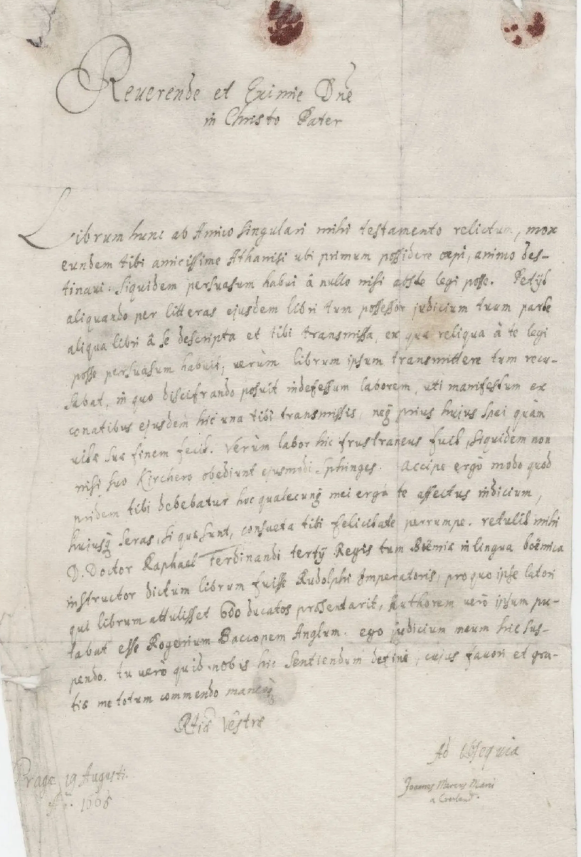
Letter from Johann Marcus Marci to Athanasius Kircher found with the Voynich manuscript
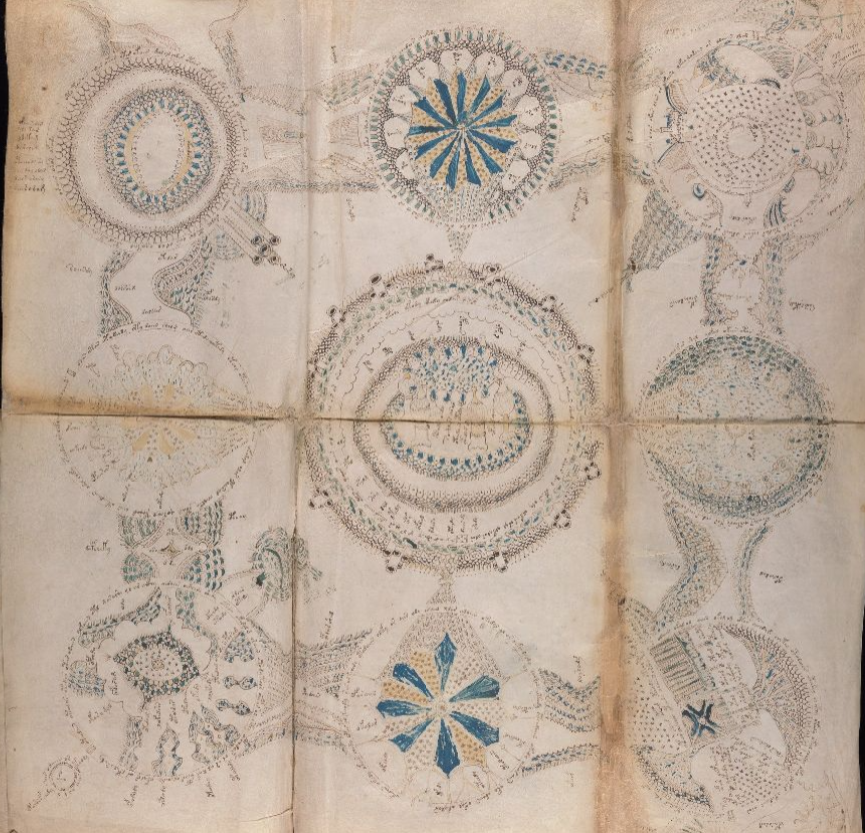
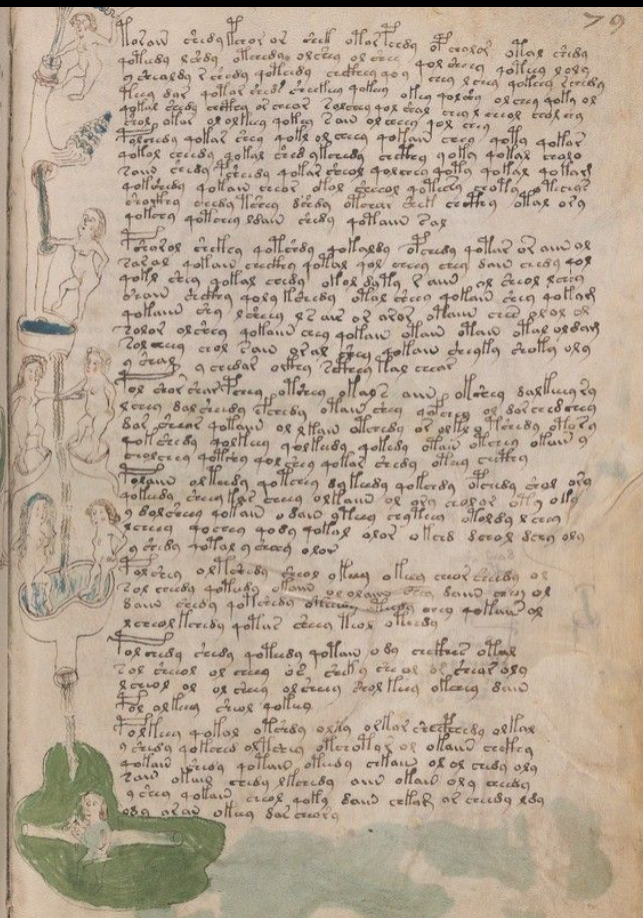

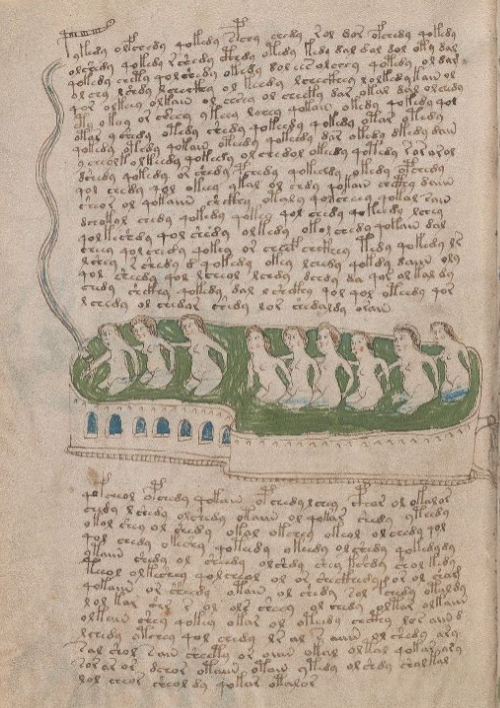
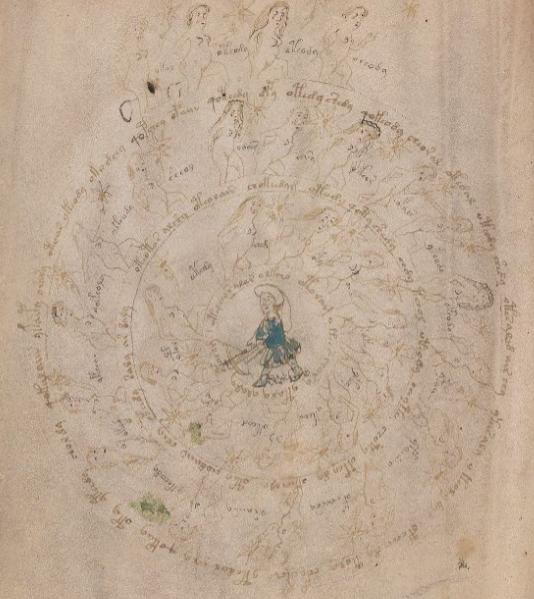


The article is included in categories:
- Archive of articles > Archaeology > Finds and rescue research abroad > Nálezy nejenom s detektorem v západní Evropě
Post
Prd vyluštěný... Zdá se mi, že se Mr. Zlatoděj utápí ve své nabubřelosti a zdánlivém géniovi. Jako samozvaný odborník odsuzuje všechny ostatní kteří s ním nesouhlasí. Nehledě na to, že neprezentuje nic než vlastní (tedy správné) domněnky, nikoli fakta.
Ciplox: Takovejch už bylo... A ještě bude...
Přesně, ..jediný co v tom poznávám jsou určitý cykly.
Tak jsem si přečetl pojednání seňora Zlatoděje, konkrétně ke stránce 78.
Slovní marasmus, vrstvení pleonasmů, dehonestace, blábolení. Další rozbory už číst nehodlám.
Až se jednou povede rozluštit Voynichovu záležitost (doufám že se toho dožiji), budeme zcela jistě překvapeni - otázkou je, zda pozitivně či negativně 

Zlatej Aštar Šeran :D
Kime,tak to jsi rozbil.. 

Doporučuji shlédnout dokument o Vojnichově rukopisu. Je to fakt zajímavý. Když to dali do počítače, tak to vykazuje strukuru jazyka, má to zákonitosti, řád. Není to náhodný řetezec znaků. Pochybuju, že se rozluštění dožijeme...
marczus 
Ing. Benda je top! 


Zajímavé, o tomhle díle slyším prvně. Určitě nezasvětím zbytek života dešifrování spisu a jakožto zcela neznalý problematiky si dovolím jednu laickou domněnku: Rudánek byl celkem lačný sběratel mysticismu a různých okultních předmětů. Nechtěl z něj jen někdo vytáhnout prachy přes knihu plnou nikomu nic neříkajících blábolů? 
2 Argill: to je jedna z možností, případně to mohlo být vyrobené i pro někoho jiného, ale postupně se to do sbírek Rudolfovi dostalo. Ale i pokud to tak je (za mne je to nejpravděpodobnější možnost), tak je to unikátní dílo a autor si s ním dal velkou práci - starý pergamen, text vykazuje různé znaky reálných jazyků atp. Jediné, co by mne zarmoutilo, by bylo, kdyby to byl novověký fake vytvořený původními metodami a materiály.
Voynichův rukopis je již rozluštěn, ukázky překladu, jména autorů atd. najdete na http://voynichuvrukopis.wz.cz/
Nejedná se o blábol, posuďte sami.




















